Explore the Best AI Image Gallery
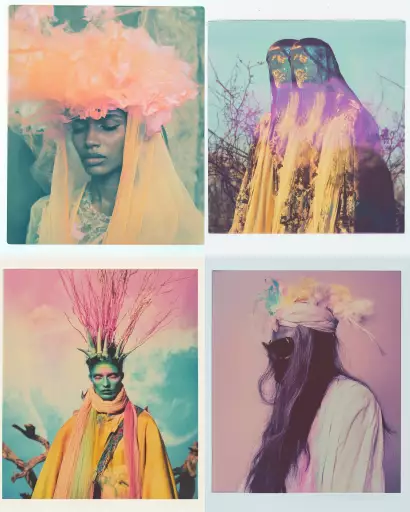
The AI Brushstroke: Navigating Ethics in AI-Generated Media
Artificial intelligence (AI) is rapidly transforming various sectors, and the creative industry is no exception. AI-powered tools can now generate stunning visuals, compose captivating music, and even write compelling narratives, blurring the lines between human and machine creativity. While this presents exciting opportunities for innovation and artistic expression, it also raises profound ethical questions that demand careful consideration.
A New Frontier in Creative Expression
AI-generated media opens up a vast new frontier in creative expression. Artists can leverage AI tools to explore novel concepts, overcome technical limitations, and push the boundaries of imagination. Imagine an artist using AI to generate intricate patterns for a tapestry or a musician collaborating with an AI to compose a symphony that blends classical structures with futuristic soundscapes. These possibilities are only beginning to be explored.
The Ethical Tightrope
However, the advent of AI-generated media also presents a number of ethical challenges that require careful navigation:
1. Authorship and Ownership
Who owns the copyright to AI-generated content? Is it the user who provides the input prompts, the developer of the AI algorithm, or the AI itself? Establishing clear guidelines for authorship and ownership is crucial to protect the rights of creators and prevent legal disputes.
2. Bias and Discrimination
AI algorithms are trained on massive datasets, which can contain inherent biases that reflect societal prejudices. If these biases are not addressed, AI-generated media could perpetuate harmful stereotypes and discrimination. It is essential to ensure that AI training data is diverse and representative to mitigate bias in the output.
3. Misinformation and Manipulation
The ability to generate realistic images, videos, and audio opens up possibilities for creating convincing fake content. This raises concerns about the spread of misinformation, propaganda, and deepfakes, which can erode trust and manipulate public opinion. It is crucial to develop tools and strategies to detect and combat AI-generated disinformation.
4. Job Displacement
AI-powered tools may automate certain creative tasks, leading to concerns about job displacement in the creative industry. While AI can augment human creativity, it is important to consider the impact on employment and explore ways to reskill and upskill workers to adapt to the evolving landscape.
Shaping the Future Responsibly
As AI continues to evolve, it is imperative to engage in an ongoing dialogue about the ethical implications of AI-generated media. This requires collaboration between technologists, artists, policymakers, and the general public to establish guidelines, regulations, and best practices that promote responsible development and use.
Transparency, accountability, and fairness should be guiding principles in shaping the future of AI-generated media. By addressing these ethical challenges head-on, we can harness the transformative power of AI while safeguarding the integrity of creativity and the well-being of society.
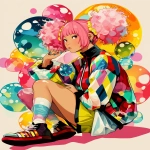











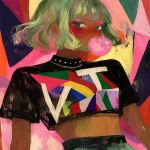








](https://images.ai-img.art/thumbnails/150/51445d7bec990b84544503aac685f85ca11cb21454c8d911a0c5d2273d1dec15.webp)




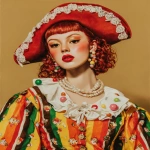


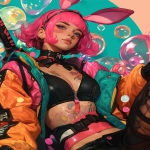

















](https://images.ai-img.art/thumbnails/150/28378d6597f0316cbacbf69dca691a17b4352d590c6fa66d4188661da0c457ea.webp)

